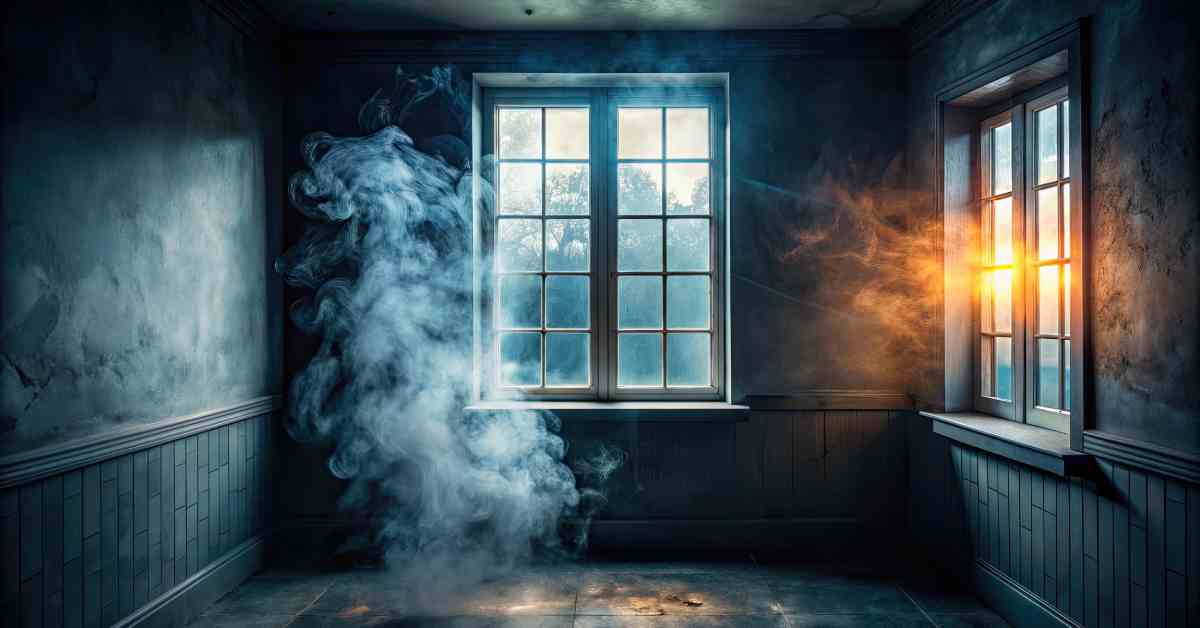How Professionals Clean Up Tear Gas and OC Spray

Tear gas and oleoresin capsicum (OC) spray is prevalent in crowd control and law enforcement situations where officers may need to clear out a space. These chemical agents disperse rapidly and can linger in the environment, causing discomfort and health risks to those exposed.
Cleaning up after an event where these agents have been deployed requires a specialized approach that ensures the safety and well-being of affected individuals. In this article, we’ll delve into the meticulous processes and protocols professionals use to effectively neutralize, clean, and remove tear gas and OC spray residues.
Preparation for Cleanup
Before embarking on the cleanup process, professionals undertake thorough preparation to ensure safety and efficiency. This starts with a comprehensive assessment of the affected area to identify the extent of contamination.
The assessment helps determine the necessary resources and protective gear needed for the task. Since tear gas and OC spray residues can pose serious health threats, personnel must don appropriate personal protective equipment (PPE) that includes full-body suits, gloves, respirators, and eye protection.
Additionally, securing the perimeter of the contaminated area is crucial to prevent unprotected individuals from inadvertently entering and being exposed. Team members also craft detailed action plans outlining every step of the cleanup process to maintain coordination and efficiency.
Initial Ventilation and Containment
Once they have appropriately prepared themselves and the space, professionals begin with the initial ventilation and containment. This step is crucial to reduce the concentration of harmful chemicals in the air and prevent the spread of contaminants to other regions. The team starts by opening windows and doors to promote natural airflow, complemented by industrial-grade fans to accelerate the process. This helps disperse any lingering tear gas or OC spray particles, diluting their potency and making the environment safer for the cleanup efforts.
Plastic sheeting and sealable barriers help section off the area, preventing the spread of residues. This ensures the cleanup is localized, minimizing the risk of cross-contamination.
Surface Cleaning Procedures
With the environment adequately ventilated and contained, professionals move on to the crucial task of surface cleaning. They start by employing specialized chemical neutralizers designed specifically to break down the harmful compounds found in tear gas and OC spray.
Professionals wipe down every surface, including walls, floors, and furniture, using these neutralizing agents. Professionals use high-grade cleaning solutions in conjunction with microfiber cloths and soft-bristle brushes to gently but effectively remove residues. For porous materials such as carpets or upholstery, experts deploy more intensive methods, like steam cleaning or hot water extraction, to reach into the fibers and neutralize any embedded particles.
During this process, they pay particular attention to high-contact areas such as door handles, countertops, and ventilation systems. These spots are easy to overlook but can harbor significant amounts of residue. Air filters and ducts are cleaned or replaced to ensure any airborne particles are effectively eradicated, maintaining indoor air quality.
Understanding how professionals clean up tear gas and OC spray is critical, as it sheds light on the meticulous process involved, urging everyday people to avoid taking on this task. Professional crime scene cleanup companies like Affinity Bio Solutions have the expertise and the equipment to handle these tasks. Trust our team to keep you safe and bring your space back to a livable condition.
